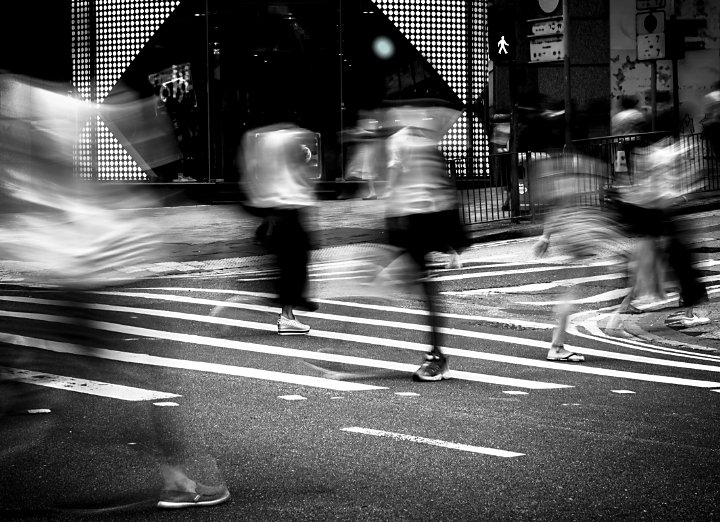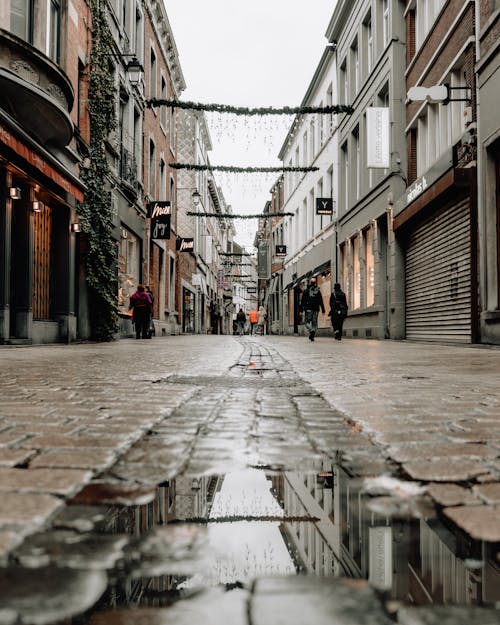An Unbiased View of Framing Streets
An Unbiased View of Framing Streets
Blog Article
Framing Streets for Beginners
Table of ContentsFascination About Framing StreetsFraming Streets for BeginnersMore About Framing Streets4 Simple Techniques For Framing StreetsFraming Streets Fundamentals ExplainedLittle Known Questions About Framing Streets.
Photography style "Crufts Canine Program 1968" by Tony Ray-Jones Road photography (also often called honest digital photography) is digital photography carried out for art or query that includes unmediated possibility encounters and arbitrary events within public places, generally with the goal of recording photos at a definitive or emotional minute by cautious framework and timing. 
Framing Streets Can Be Fun For Anyone
Susan Sontag, 1977 Road photography can focus on people and their behavior in public. In this regard, the road photographer resembles social docudrama photographers or photojournalists that also work in public areas, however with the goal of catching newsworthy occasions. Any of these professional photographers' images might capture individuals and building visible within or from public locations, which usually requires browsing ethical issues and regulations of privacy, safety and security, and building.
Representations of day-to-day public life form a style in practically every period of world art, beginning in the pre-historic, Sumerian, Egyptian and early Buddhist art periods. Art managing the life of the road, whether within views of cityscapes, or as the dominant motif, appears in the West in the canon of the North Renaissance, Baroque, Rococo, of Romanticism, Realism, Impressionism and Post-Impressionism.
What Does Framing Streets Do?
Louis Daguerre: "Boulevard du Temple" (1838 or 1839) In 1838 or 1839 the very first photo of figures in the road was taped by Louis-Jacques-Mand Daguerre in one of a pair of daguerreotype sights taken from his workshop window of the Boulevard du Holy place in Paris. The 2nd, made at the elevation of the day, reveals an unpopulated stretch of road, while the various other was taken at regarding 8:00 am, and as Beaumont Newhall records, "The Boulevard, so regularly loaded with a relocating bunch of pedestrians and carriages was perfectly solitary, except an individual who was having his boots combed.
His boots and legs were well defined, but he is without body or head, since these were in movement." Charles Ngre, waterseller Charles Ngre. https://www.imdb.com/user/ur175665524/?ref_=nv_usr_prof_2 was the first photographer to achieve the technological refinement called for to register individuals in movement on the road in Paris in 1851. Professional Photographer John Thomson, a Scotsman functioning with journalist and social protestor Adolphe Smith, published Street Life in London in twelve regular monthly installations beginning in February 1877
Framing Streets Things To Know Before You Buy
Eugene Atget is pertained to as a progenitor, not due to the fact that he was the initial of his kind, however as a result of the popularisation in the late 1920s of his record of Parisian roads by Berenice Abbott, that was motivated to embark on a comparable documents of New york city City. [] As the city established, Atget helped to promote Parisian streets as a worthwhile topic for photography.

The Main Principles Of Framing Streets
Martin is the initial tape-recorded photographer to do so in London with a disguised camera. Mass-Observation was a social study organisation founded in 1937 which intended to tape day-to-day life in Britain and to tape-record the reactions of the 'man-in-the-street' to King Edward VIII's abdication in 1936 to wed divorce Wallis Simpson, and the sequence of George VI. The principal Mass-Observationists were anthropologist Tom Harrisson in Bolton and poet Charles Madge in London, and their first report was created as guide "May the Twelfth: Mass-Observation Day-Surveys 1937 by over 2 hundred observers" [] Window cleaner at Kottbusser Tor, Berlin, by Elsa Thiemann c. 1946 The post-war French Humanist Institution digital photographers found their subjects on the street or in these details the bistro. Between 1946 and 1957 Le Groupe des XV each year showed work of this kind. Andre Kertesz. Circus, Budapest, 19 May 1920 Street photography developed the significant web content of 2 events at the Museum of Modern Art (Mo, MA) in New York curated by Edward Steichen, 5 French Digital Photographers: Brassai; Cartier-Bresson, Doisneau, Ronis, Izis in 1951 to 1952, and Post-war European Photography in 1953, which exported the idea of street photography globally.

Indicators on Framing Streets You Need To Know
The recording machine was 'a covert cam', a 35 mm Contax hidden under his layer, that was 'strapped to the breast and attached to a long cable strung down the best sleeve'. His work had little modern influence as due to Evans' sensitivities regarding the creativity of his project and the personal privacy of his subjects, it was not released till 1966, in the book Numerous Are Called, with an introduction created by James Agee in 1940.
Helen Levitt, then an instructor of kids, related to Evans in 193839. She documented the transitory chalk drawings - Best Zoom Lens that became part of children's street society in New York at the time, as well as the youngsters who made them. In July 1939, Mo, MA's new photography section included Levitt's work in its inaugural eventRobert Frank's 1958 publication,, was significant; raw and frequently indistinct, Frank's photos examined traditional digital photography of the time, "challenged all the official regulations set by Henri Cartier-Bresson and Pedestrian Evans" and "flew in the face of the wholesome pictorialism and genuine photojournalism of American publications like LIFE and Time".
Report this page